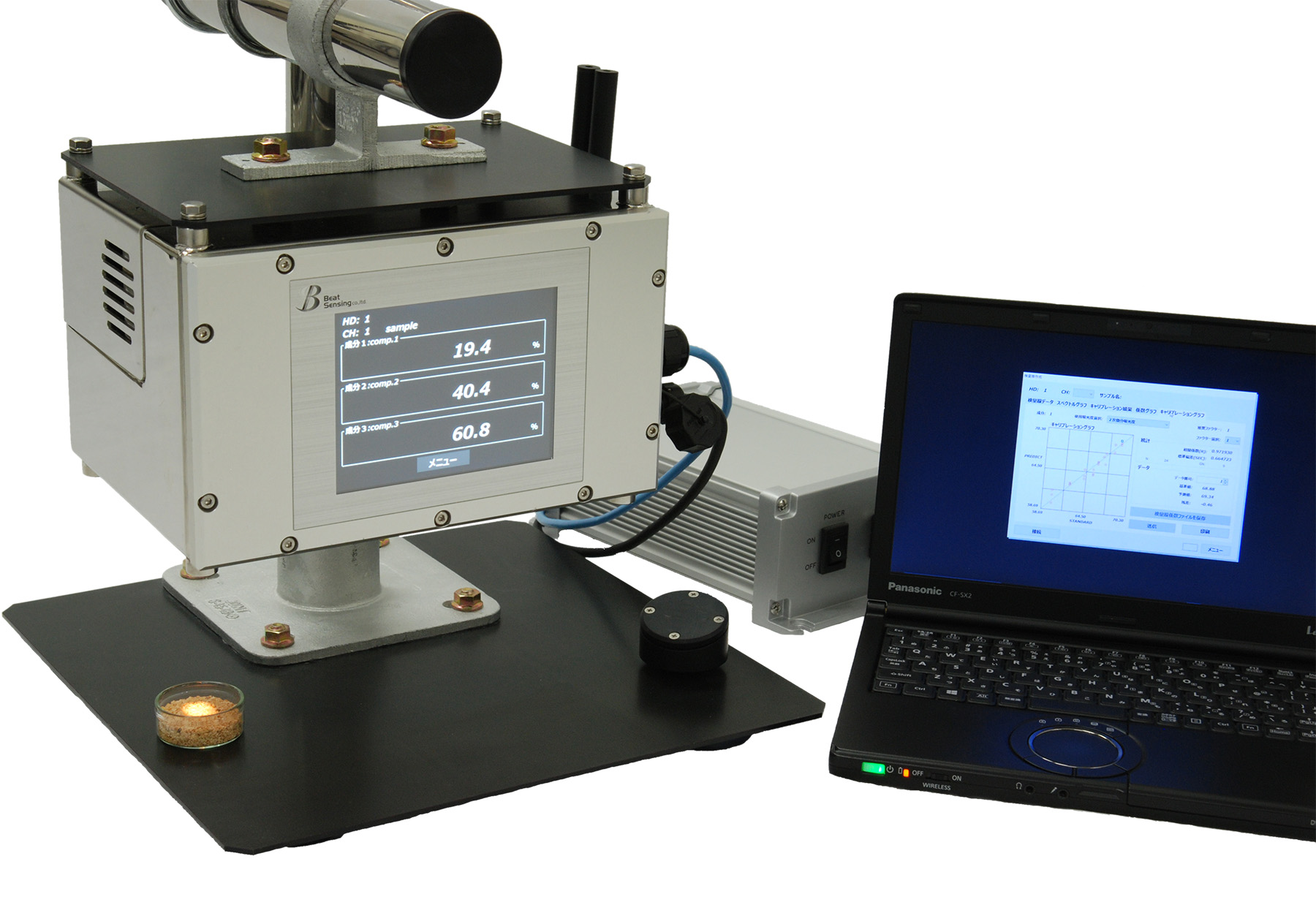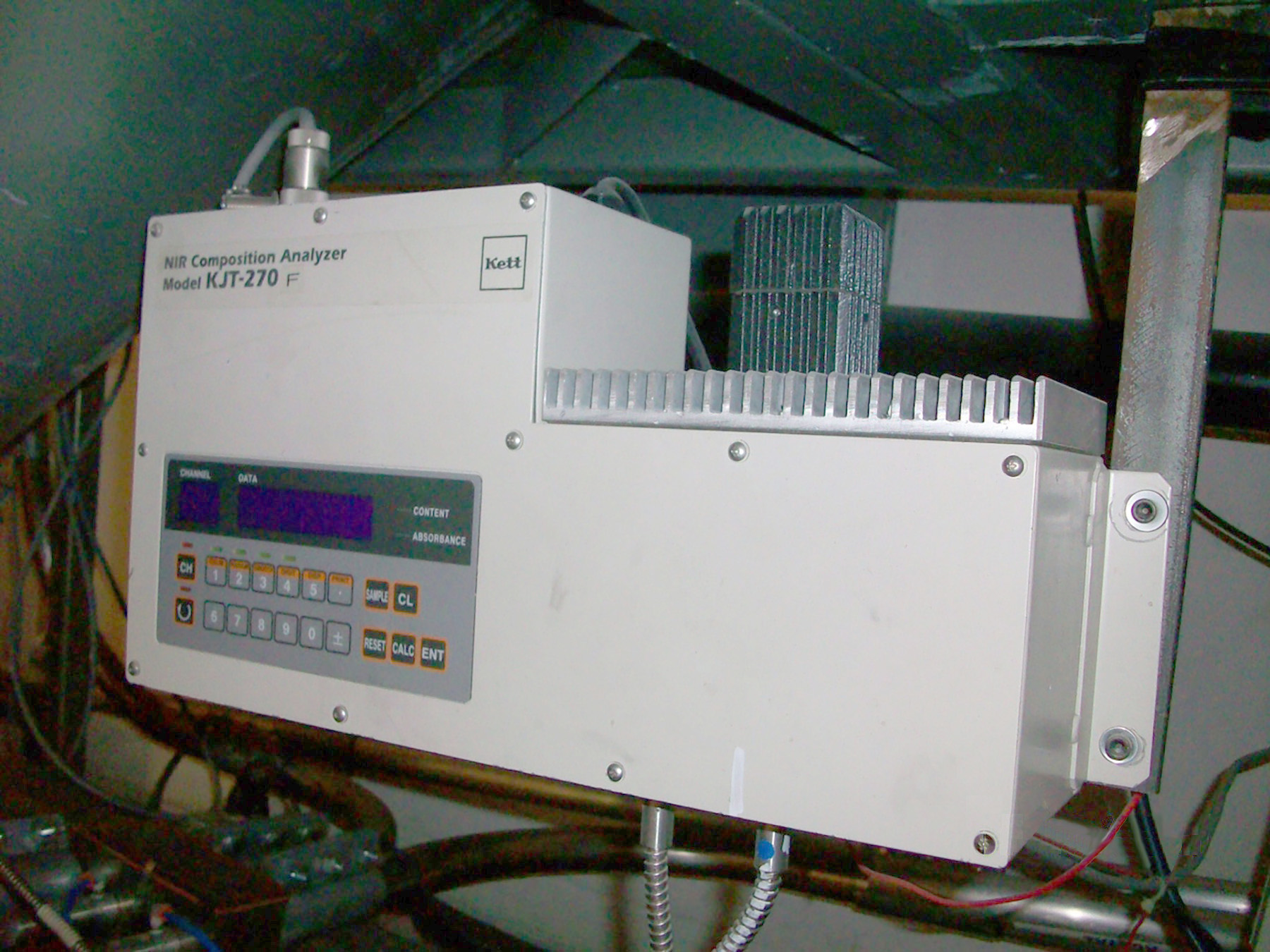Smart Moisture Measurement Technology Continually Optimizes Product and Process Quality for Pulp/Paper Processing
- Published: September 09, 2021
Instant measurement and production line correction is enabled since calculations are performed in real-time inside the sensor and data is analyzed multiple times per second with integrated software
By John Bogart, Managing Director of Kett US
I n a world full of "smart" devices (i.e.- smartphones, smart watches, and smart appliances), such technology is increasingly entering pulp/paper processing in forms like condition monitoring, advanced robotics, and Industrial IoT.
n a world full of "smart" devices (i.e.- smartphones, smart watches, and smart appliances), such technology is increasingly entering pulp/paper processing in forms like condition monitoring, advanced robotics, and Industrial IoT.
On the production floor, “smart” equates with the ability to continually monitor conditions such as product and input moisture content in real-time to optimize quality. Assessing proper moisture level in products and processes is essential for many reasons such as meeting regulatory standards, ensuring proper chemical reactions and drying, maximizing shelf life and deterring mold, as well as increasing selling price and decreasing shipping cost.
Whether pulp and paper producers are mixing, blending, homogenizing, or drying, non-contact, smart inline technology enables the rapid, automatic measuring of moisture in 100 percent of product or inputs, along with the ability to instantly fine-tune the process. This can optimize quality as well as minimize waste and corrective re-processing.
The technology is smart because all the calculations are performed inside the sensor and measurements are sent on a 24/7 basis to smartphones, PCs, and other devices without having to be connected. If desired, these instruments can prompt operators and managers with alerts as needed. Smart technology enables taking multiple precise moisture measurements each second, sorted within integrated software. This enables not only real-time analysis and error detection, but also more accurate results in products subject to variable, fast-changing conditions and processes.
Continuous moisture monitoring by such smart technology, which is cost-effectively available for about $10 per month when leased, also allow the tracking of historical performance trends, cyclical rhythms, and periodic failures, so corrective adjustments can be made to enhance production. Such capability also provides product quality and compliance documentation when required.
Breaking from conventional limitations
 Unleashing the full potential of smart manufacturing and process technology in terms of moisture measurement, however, is not possible using traditional techniques. Conventional testing methods that require time-consuming weighing and drying are often too time and labor-intensive to be practical, and laboratory testing faces the same drawbacks.
Unleashing the full potential of smart manufacturing and process technology in terms of moisture measurement, however, is not possible using traditional techniques. Conventional testing methods that require time-consuming weighing and drying are often too time and labor-intensive to be practical, and laboratory testing faces the same drawbacks.
With typical testing, by the time results come back from the lab, any off-spec product can already be processed, packaged, and shipped. If manufacturers are not measuring in real-time, inevitably there will be some variation in inputs, process, and quality.
Traditional data collection, in fact, is usually too slow, cumbersome, and chained to cords and cables. Manufacturing floors are already crowded with equipment. So, dealing with bulky cords and connections to PCs, keypads and external switches to transfer data can be too restrictive.
Fitting inline testing equipment into space-restricted production lines can be difficult when wires, cables, etc. must be run to a variety of peripheral instruments. In such cases, the cost of labor, installation, and system integration can be as much as the device itself.
In response, industry innovation has developed smart inline technology that can rapidly measure moisture in samples multiple times per second. The approach utilizes Near-Infrared (NIR) light in a highly accurate, non-contact secondary measurement method that can deliver immediate, laboratory quality moisture readings without the labor, cost, or delay of conventional techniques.
NIR moisture meters allow very accurate instant measurement of solids, liquids, and slurries without contact or sample preparation, so there is no contamination. Once the meter has been calibrated against the lab or production standard, the calibration is stored in the device so no additional calibration work is required, and measurements are fully traceable to the original measurement method. Because the process is non-destructive, samples remain unaltered so they can be used for additional tests or put back into the product stream.
NIR moisture and organic composition meters follow the principle that water and other organics absorb certain wavelengths of light. The meter reflects light off the sample, measures how much light has been absorbed, and the result is automatically converted into a moisture (or organic component) content reading.
Smart technology can utilize smart sensor design and enable measurement without connection to controllers, PCs, or other cumbersome I/O devices. These connections enable local process control and remote integration, and converters can be available for wireless, IP, DeviceNet, and other interconnection and communications protocols.
Such connectivity not only cost-effectively eases installation, integration, and maintenance, but also enables moisture monitoring and necessary corrective action on 24/7 basis. The corrective action can be set up to be accomplished either automatically or via alert and action taken by plant operators, managers, or engineers.
Devices with a quick response time can be used to assess extremely variable and rapidly changing products, as well as processes where quality is critical. The quick response time enables faster production line rates with superior moisture measurement.
When two smart sensors are used to run different production lines at a manufacturer, the devices’ real-time capability can detect periodic, wildly fluctuating moisture values that can cause extrusion processes to go out of control.
Because moisture control and temperature are closely linked, smart moisture meters also have a temperature compensation loop on the instrument and provide local temperature as part of the data output. Where ambient temperatures change dramatically, this allows simultaneously monitoring of temperature and moisture content to see if process modifications are necessary, depending on daily (i.e.- day/night) or seasonal changes (i.e.- summer/winter).
Ultimately, smart moisture measurement technology translates into superior process control, quality, and production without the inherent drawbacks of slower, labor-intensive lab or batch testing.
Smart devices already dominate the consumer market for good reason and have begun to gain prominence in manufacturing and processing.
So, it is now time for industry professionals to look into the significant benefits of smart moisture measurement technology on the production line – and gain the advantage – before their competitors do.
About the Author
John Bogart is the managing director of Kett US (kett.com), a manufacturer of a full range of moisture and organic composition analysis, coating thickness measurement, friction, wear, peel, adhesion and other surface property analyses equipment with over 60 years of experience.








